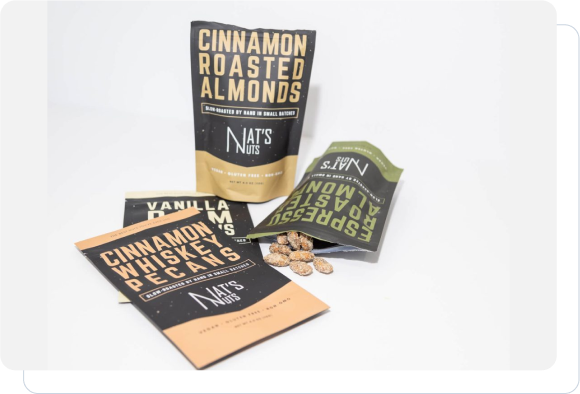Have you ever questioned the fate of chip bags and granola wrappers after recycling them? Then you are among many others. The widespread use of plastic pouches and bags, and wraps in flexible packaging has become essential in our lives since these products offer lightweight durability with cost effectiveness. The United States has only 2 percent of homes that can recycle these materials through curbside programs. The low rate of flexible packaging recycling creates a substantial issue because 70 percent of consumers demonstrate a willingness to spend extra money on sustainable packaging solutions.
The current situation regarding flexible packaging recycling presents us with various problems. The difficulty of flexible packaging recycling remains unclear, and we need to understand how to address this issue. This post investigates the difficulties facing flexible packaging recycling alongside concrete examples of businesses that apply new solutions to the problem. Let’s get started!
The Growing Problem of Flexible Packaging Waste
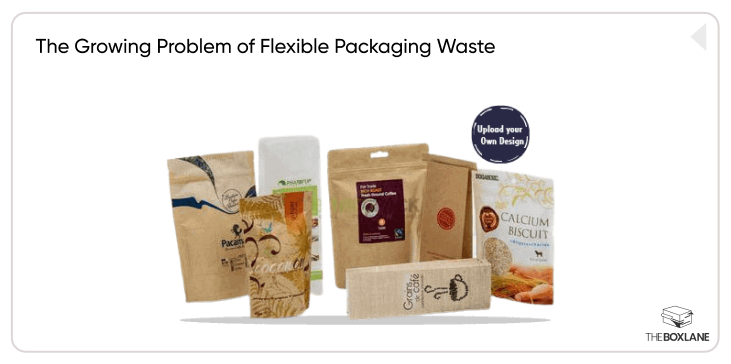
Flexible packaging dominates the market because it appears in almost every snack bag and pet food pouch. Convenience represents the main drawback of this packaging system. Flexible packaging items normally contain numerous layers of plastic as well as aluminum or other materials that create major recycling difficulties. The global recycling rate for plastic packaging stands at 14%, but the same or similar quality applications account for only 2% of recycling.
The result? A staggering amount of waste. Packaging and containers stand as the second-largest waste category according to the U.S. Environmental Protection Agency (EPA), with a total share of 28.1%. The need to address plastic waste production has become crucial since predictions show it will reach one billion tons per year by 2060.
Why Current Recycling Methods Fall Short
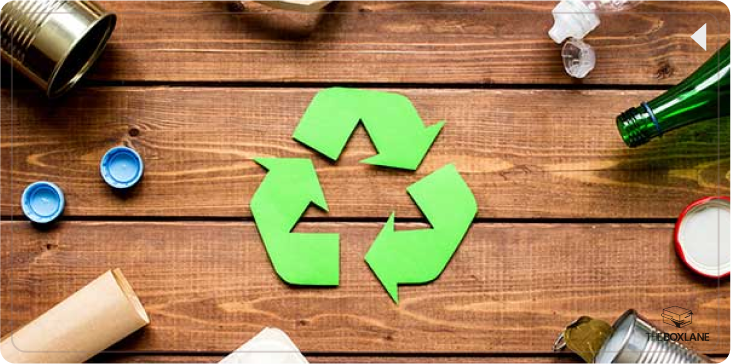
People often wonder whether recycling flexible packaging works similarly to conventional bottle and can collections. Great question! Regular recycling operations cannot process these materials.
- Complex Material Composition: Complex material combination in flexible packaging create processing obstacles because it becomes tough to separate and break down its various plastic components.
- Limited Infrastructure: The majority of Material Recovery Facilities (MRFs) operate without the proper equipment needed to efficiently process flexible packaging materials.
- Contamination Issues: Food residues combined with printing inks and labels result in these materials being completely unsuitable for recycling.
Flexible packaging made from single plastic types, such as high-density polyethylene, suffers from compatibility issues with current recycling systems because manufacturers coat and laminate these materials.
Innovative Solutions to Tackle Flexible Packaging Recycling
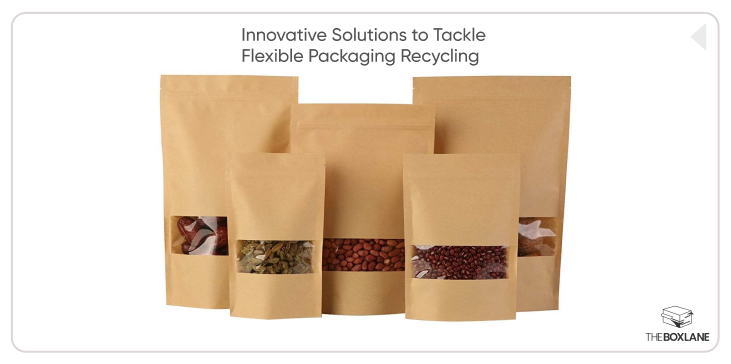
The good news? The industry continues to develop revolutionary solutions for the present situation. Multiple exciting innovations exist at present:
Advanced Recycling Technologies:
Chemical Recycling: Mura Technology, together with other companies,s employs hydrothermal liquefaction technology to transform mixed plastics into reusable chemical products. The approach manages waste regardless of contamination levels while releasing 80% less carbon dioxide than burning waste.
Pyrolysis: Pyrolysis transforms plastic waste into pyrolysis oil through an energy-consuming process, so the oil can be used to produce new plastic products.
Design for Recyclability:
Mono-Material Packaging: Brands now use mono-material designs for their products through mono-plastic lotion pumps because these designs make recycling more feasible.
Paperization: Functionalized paper packaging, such as Parkside’s Recoflex™, offers recyclable alternatives to plastic films.
Collaborative Initiatives:
The Film & Flexibles Recycling Coalition works to attract funding that supports new recycling infrastructure development and waste market expansion.
Real-Life Success Stories
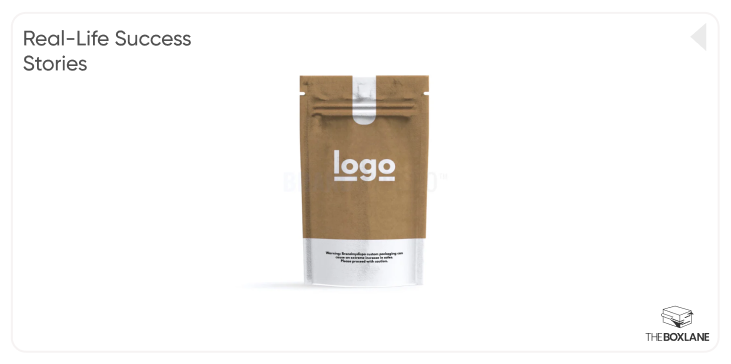
Various brands and technological solutions have produced significant positive changes in the market:
Coca-Cola: The Coca-Cola company intends to reach a target of 35-40% recycled materials in its main packaging through 2025 while also planning to multiply recycled plastic content by 30-35% worldwide.
H&M: Through the utilization of recycled packaging methods H&M prevented 50,000 tons of plastic from reaching the environment yearly.
Mura Technology: Mura Technology operates a UK-based hydrothermal liquefaction facility that recycles every type of plastic waste from mixed and contaminated materials.
The examples demonstrate that sustainable packaging benefits the environment while providing strong business value.
The Role of Policy and Industry in Driving Change
Businesses, together with governments, operate to build a sustainable packaging system that operates within circular economic principles. Here’s how:
Extended Producer Responsibility (EPR): The Extended Producer Responsibility (EPR) framework establishes policies in California through SB 54, which makes producers responsible for managing their products from the end of their life cycle.
Recycled Content Mandates: According to PPWR regulations from the EU government, manufacturers must use increasing levels of recycled waste materials in their packaging products.
Consumer Education: Consumer Education receives benefits from labels which explain recycling methods and give precise instructions to consumers.
The EU institutions recently enacted new rules that lower industrial environmental impact while establishing a market space for sustainable recycling operations.
Empowering Consumers to Recycle Better
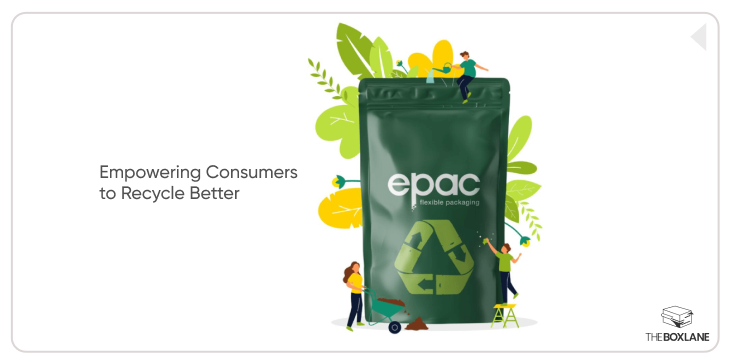
Your involvement in achieving this transformation plays a crucial role. The following guidelines will help you recycle flexible packaging properly:
- Check Local Guidelines: Some flexible packaging items cannot be recycled through your local recycling program. Consult with the recycling services available in your locality to verify that.
- Clean and Dry: Before recycling, toss away food residue, then let packages dry completely.
- Look for Drop-Off Programs: Check your local stores because they frequently provide drop-off stations for plastic bags and wrap recycling.
Brands now include QR codes on their packaging, which provide detailed recycling guidelines through links, making recycling operations simpler than before.
The Future of Flexible Packaging Recycling
The development of the future shows good potential through new trends such as:
- Bio-Based Materials: Mushroom packaging, together with seaweed-based films, is becoming increasingly popular as compostable packaging solutions.
- Smart Packaging: Smart Packaging with Sensors and RFID tags will enhance recycling operations thereby minimizing food waste level.
- Circular Economy Models: The Circular Economy Model has successfully run Loop throughout its pilot programs by reducing waste quantity up to 40%.
The sustainable packaging market will increase to $423.56 billion by 2030 because consumers seek it and governments implement mandatory regulations.
Conclusion
Flexible packaging recycling presents a complex issue that our collective effort will successfully address. The implementation of advanced recycling technologies together with consumer education represents all the efforts that matter. All three sectors of brands, together with policymakers and consumers, must collaborate toward establishing sustainable packaging during the future.
Your decision to select chips from the store represents the chance to create substantial environmental effects when you contribute to small changes. All of us need to join forces to convert our current obstacles into innovative advancements and business growth.
Which option do you support regarding recycling flexible packaging?


